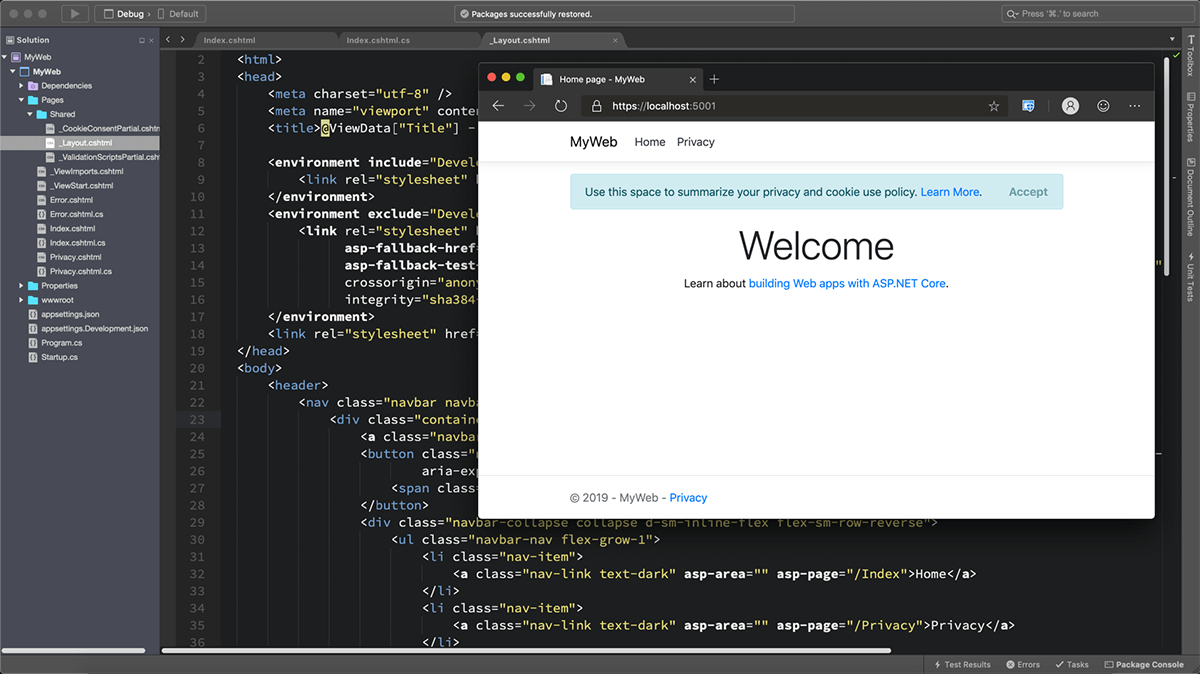Who (ZoR Dev) Mac OS
Mac OS, operating system (OS) developed by the American computer company Apple Inc. The OS was introduced in 1984 to run the company’s Macintosh line of personal computers (PCs). The Macintosh heralded the era of graphical user interface (GUI) systems, and it inspired Microsoft Corporation to develop its own GUI, the Windows OS.
Book • 2002
At US$29.99, it allowed adventurous Mac users to sample Apple's new operating system and provide feedback for the actual release. The initial version of Mac OS X, 10.0 'Cheetah', was released on March 24, 2001. Older Mac OS applications could still run under early Mac OS. I use a lot of GUI-based apps in the OS X: Atom, Slack, Sequel Pro, Chrome Dev Tools, but I also work in Vim on the linux servers. I'd love to hear anybody's advice or experience using Pokers (or any 60%) for programming work and/or Mac. Mac OS X Tiger (version 10.4) is the fifth major release of macOS, Apple's desktop and server operating system for Mac computers. Tiger was released to the public on April 29, 2005 for US$129.95 as the successor to Mac OS X 10.3 Panther.Some of the new features included a fast searching system called Spotlight, a new version of the Safari web browser, Dashboard, a new 'Unified' theme,.
Who (zor Dev) Mac Os Update
Browse this book
Book description
Browse content

Table of contents
Actions for selected chapters

Select all / Deselect all
About the book
Description
Mac OS X, Apple's newest operating system for the Macintosh platform, is profoundly different from its earlier versions because of its similarity to the UNIX operating system. For developers writing software for OS X this means adjusting to two new environments to create applications and to access the enhanced features of the new OS, Cocoa and Carbon. Cocoa is an object-oriented API in which all future OS X programs will be written. Carbon is a transitional technology allowing compatibility of applications written for earlier versions of the Mac OS with Mac OS X.
Mac OS X Developer's Guide focuses equally on Cocoa and Carbon, guiding the reader through these technologies and showing how to write applications in both. It is the first book for Mac OS X developers written for those who are already working on applications, as well as new developers just getting started. It starts off describing the new OS and its development tools then focuses on specific programming issues, providing tips on making the transition from classic Mac OS code to Mac OS X.
Mac OS X, Apple's newest operating system for the Macintosh platform, is profoundly different from its earlier versions because of its similarity to the UNIX operating system. For developers writing software for OS X this means adjusting to two new environments to create applications and to access the enhanced features of the new OS, Cocoa and Carbon. Cocoa is an object-oriented API in which all future OS X programs will be written. Carbon is a transitional technology allowing compatibility of applications written for earlier versions of the Mac OS with Mac OS X.
Mac OS X Developer's Guide focuses equally on Cocoa and Carbon, guiding the reader through these technologies and showing how to write applications in both. It is the first book for Mac OS X developers written for those who are already working on applications, as well as new developers just getting started. It starts off describing the new OS and its development tools then focuses on specific programming issues, providing tips on making the transition from classic Mac OS code to Mac OS X.
Key Features
Who (zor Dev) Mac Os Catalina
* A guide for developers already writing applications as well as new developers just getting started
* Focuses equally on both Cocoa and Carbon environments
* Provides tips on transitioning from writing code for classic Mac OS to OS X
* References Apple online materials extensively, to keep developers up to speed on changes
* A guide for developers already writing applications as well as new developers just getting started
* Focuses equally on both Cocoa and Carbon environments
* Provides tips on transitioning from writing code for classic Mac OS to OS X
* References Apple online materials extensively, to keep developers up to speed on changes
Details
Language
English
Copyright
Copyright © 2002 Elsevier Inc. All rights reserved
DOI
You currently don’t have access to this book, however youcan purchase separate chapters directly from the table of contentsor buy the full version.